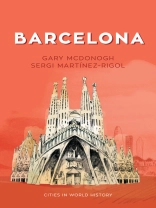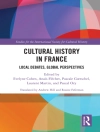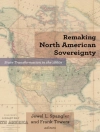Barcelona has existed as a settlement for two millennia. Early civilizations shaped the city before it achieved, in the Middle Ages and Renaissance, global power as a trading metropolis and empire capital. After a long struggle with the unifying Spanish state, the city revived, in the eighteenth and nineteenth centuries, as an industrial and commercial powerhouse. It became a center of culture, ornamented by modern planning and wondrous works by Gaudí and others. Barcelona became known as “The Rose of Fire”: home to revolutionaries and anarchists. Creativity and conflict continued to shape Barcelona in the twentieth century, as its citizens faced the Spanish Republic, Civil War and Franco’s dictatorship. Linking social and cultural currents to the rich architectural and experiential heritage of this multi-layered city, Mc Donogh and Martínez-Rigol reveal Barcelona’s hidden history to modern-day visitors and residents alike.
表中的内容
Acknowledgments ix
Map of Barcelona xiv
Introduction 1
1 The Evolution of a Mediterranean City (to 1000 CE) 15
2 Barcelona the Capital (1000–1500) 53
3 Decline and Renewal (1500–1800) 97
4 The Industrial City (1800–1900) 127
5 The Exploding Metropolis (1900–1939) 167
6 Barcelona under Franco (1939–1970s) 207
7 Barcelona Today and Tomorrow (1970s– ) 241
Selected Sources 274
Chronology 288
Notes 299
Credits 315
Index 316
关于作者
Gary Mc Donogh is Helen Herrmann Chair and Professor of Growth and Structure of Cities at Bryn Mawr College.
Sergi Martínez-Rigol is Professor of Human Geography at the University of Barcelona.












